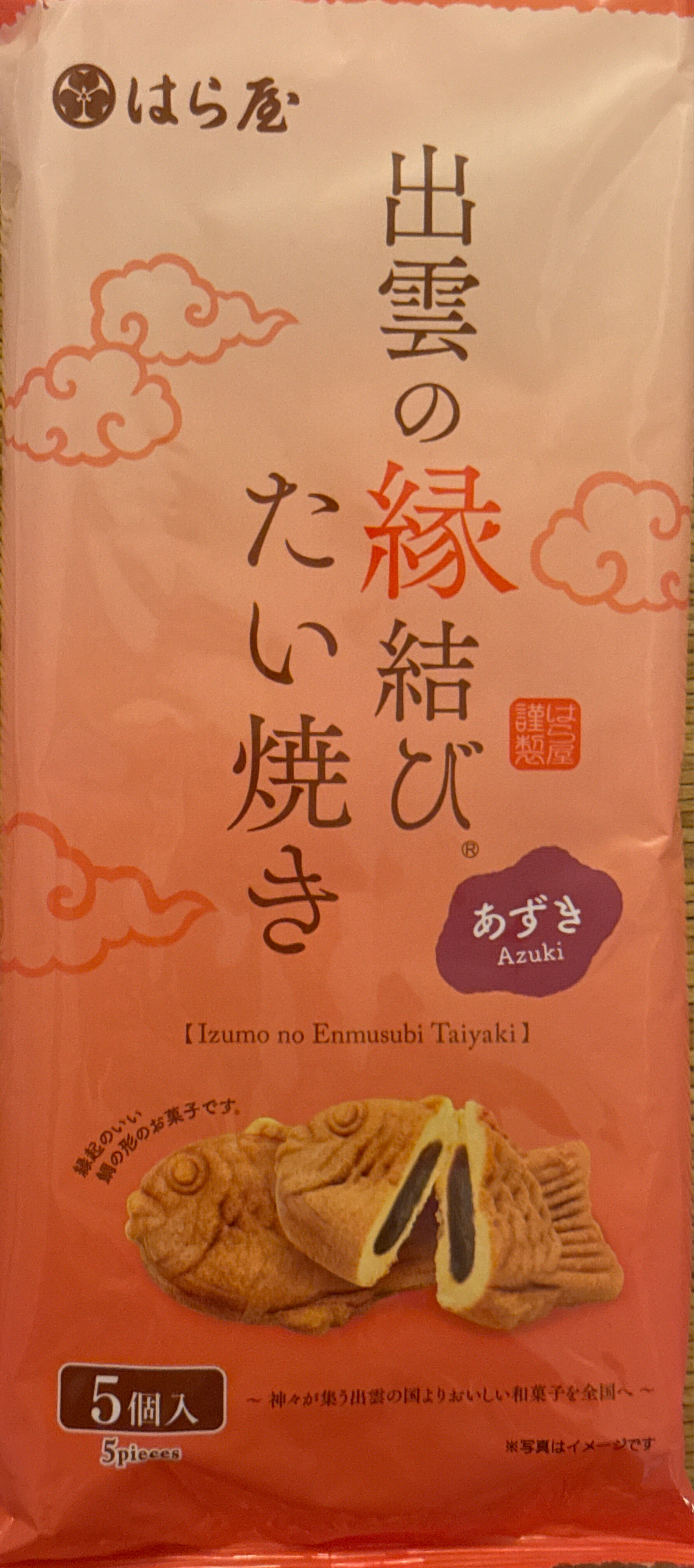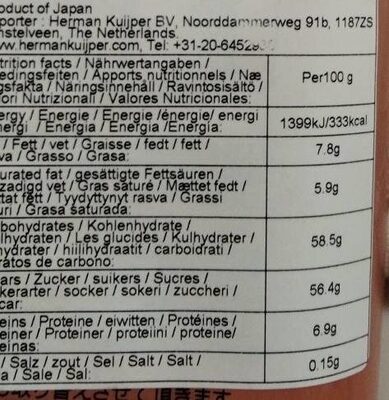Azuki giappo
この商品ページは完成していません。既存の写真からデータを編集または追加したり、 Android または iPhone/iPad のアプリを使用して写真を撮影して、手伝ってください。ありがとうございます!
×
バーコード: 4977148003865 (EAN / EAN-13)
カテゴリー: en:Snacks, en:Sweet snacks, en:Biscuits and cakes, ケーキ, en:Tayaki
成分の起源: 日本
販売の国: 日本
好みに合わせて
Report a problem
情報元
製品に追加 によって foodvisor
最後に編集した製品ページ によって shisma.
製品ページの共同編集者 kiliweb, yuka.sY2b0xO6T85zoF3NwEKvllUaC9riqzXgCDzUpkO5xomuK4O0a94rxbagGqs, yuka.sY2b0xO6T85zoF3NwEKvln12f_-HhRjhaCLUn3Gk_PqqDZa5WIteuYTBLqs.
データが不完全または間違っている場合は、完了するか、このページを編集して、それを修正することができます。













